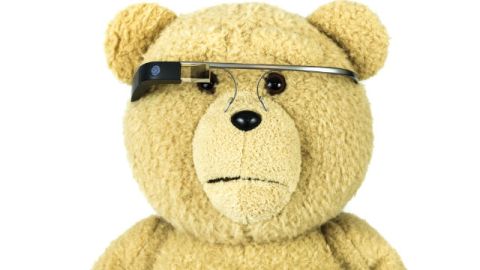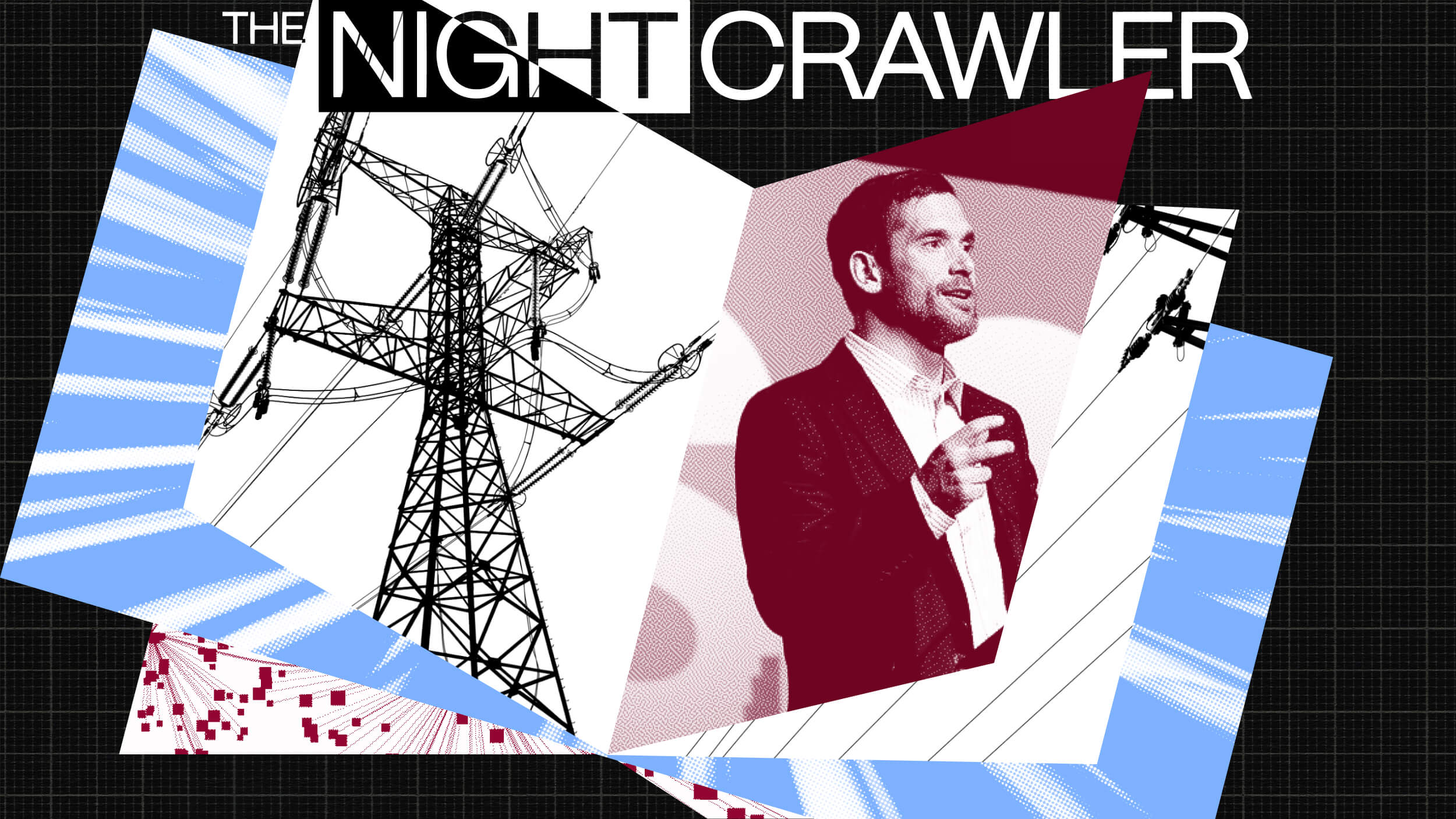Wearable Computing is Not Calm Technology, Yet

The concept of wearable computing is undeniably compelling. I myself have been totally seduced by the promise that these strap-on computers can and will lead us toward a better and more efficient life. As Peter Drucker said, “What gets measured, gets managed.” In pursuit of this better self I wear a Nike FuelBand, a Fitbit Flex, and a Narrative Clip; I’ve even strapped a Whistle to the dog.
Wearables only work if you keep wearing them, and studies have found that most people don’t. Half of American adults who own an activity tracker no longer use it, and one third who have owned a wearable product stopped using it within six months. Obviously the reality of wearable computing isn’t as compelling as its promise.
Your initial disappointment with wearable devices is likely to be that they don’t live up to the gleaming hyper-tech future promised by Google Glass; in fact, the interfaces are more akin to those of HyperCard on an Apple IIGS. Tracking your activity via a wearable is similarly disappointing: the first few days you’re amazed by the wonderful insights, and by the end of the week you’ve discovered that walking to work is healthier than driving. So what? You already knew that.
Another issue with wearables is their incessant need for our attention: it’s less the unobtrusive ideal of “put it on and forget it” and more a flashback to your worst Tamogotchi nightmare. The user has to spend a considerable amount of time dealing with the device itself and with the data it produces. Each has its own app sending you alerts and constant software updates. The devices also have firmware updates and need to get charged almost daily. The more functionality they pack in the more work you are expected to do. We agree with Amber Case’s manifesto on the role of technology in our lives: “Technology shouldn’t require all of our attention, just some of it, and only when necessary.” Certainly, wearables are failing at being a Calm Technology.
And yet the dream of wearables remains optimistic. Nick D’Aloisio, the famed teenage founder of Summly, described his dream technology setup as, “A wearable computer that you put on, and it gathers inputs from the world around you without any direct action, and it’s just constantly teaching you things and learning about things to become even more useful…”
To get from the frustrations of the abandoned wristbands to the dream of integrated calm technology requires an exploration of how we interface with wearable technology. The mobile games market helped us discover new uses for the touch interface, camera, and sensors built into smartphones. Likewise, innovative games for the Kinect and Oculus Rift teach us the physical vocabulary for interacting with 3D space. Games offer an opportunity for experimentation in our long-term relationships with wearables.
At it’s fundamental level, the hardware component of the wearable is about as exciting as the t-shirt. But what differentiates these devices from the Ed Hardy t-shirt is computing power. Until we’re compelled to develop a relationship with a wearable, it’ll hold our attention only as long as the shirt. Games offer the opportunity for a conversation with the user; a game listens to you and reacts accordingly. That level of interaction is proven to be not just compelling, but often addictive.
While 2014 has been heralded as the Year of Wearable Computing by the tech press, it seems clear that we haven’t yet figured out what problems we’re trying to solve. Currently, my wearables are primarily solving the problem of people not knowing what a giant nerd I am. But by focusing attention on the software, and even treating them like miniature game consoles, we may find a compelling reason to keep attaching computers to our wrist, face, and even our babies.
Image credit: Hattanas Kumchai/Shutterstock.com





